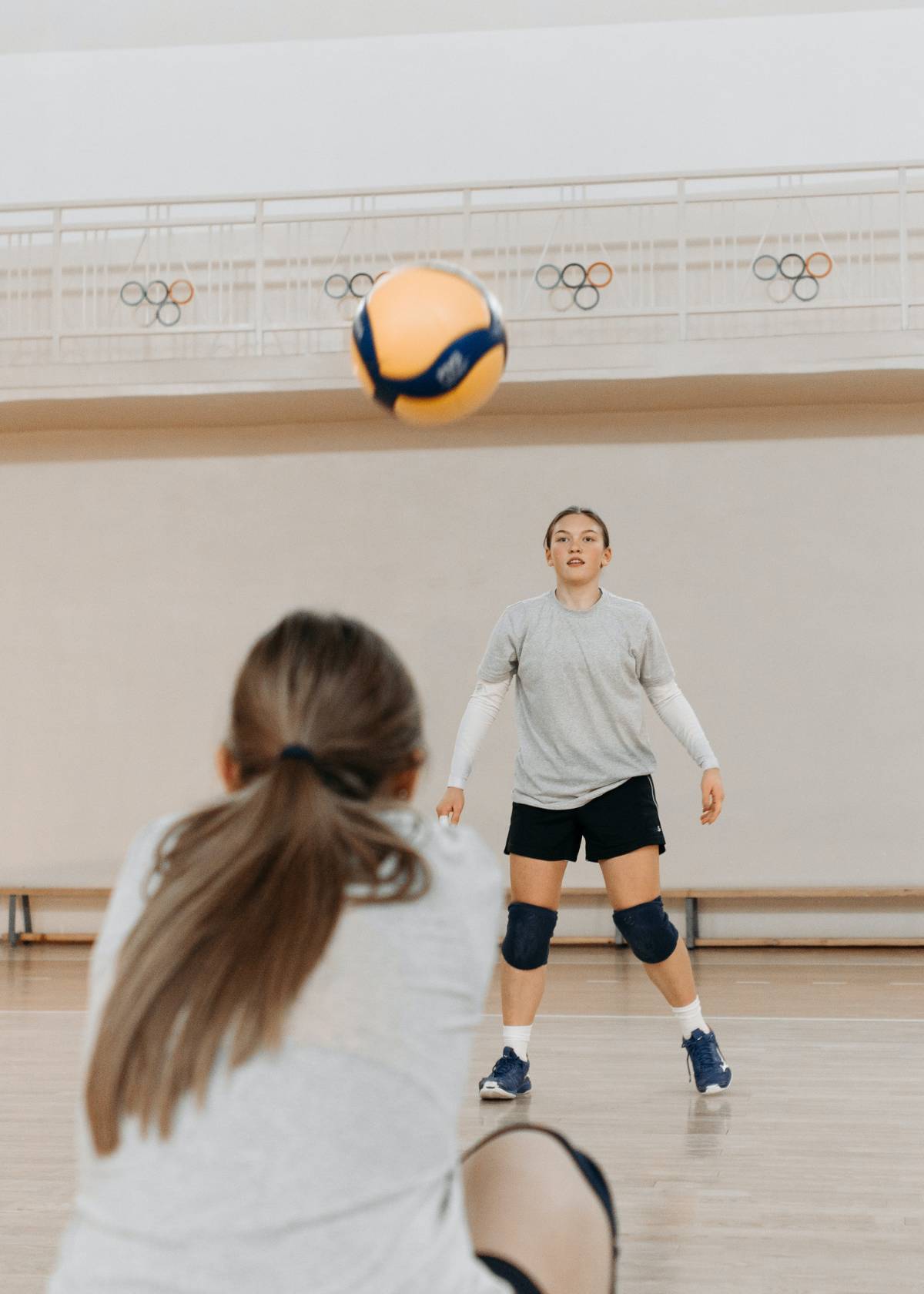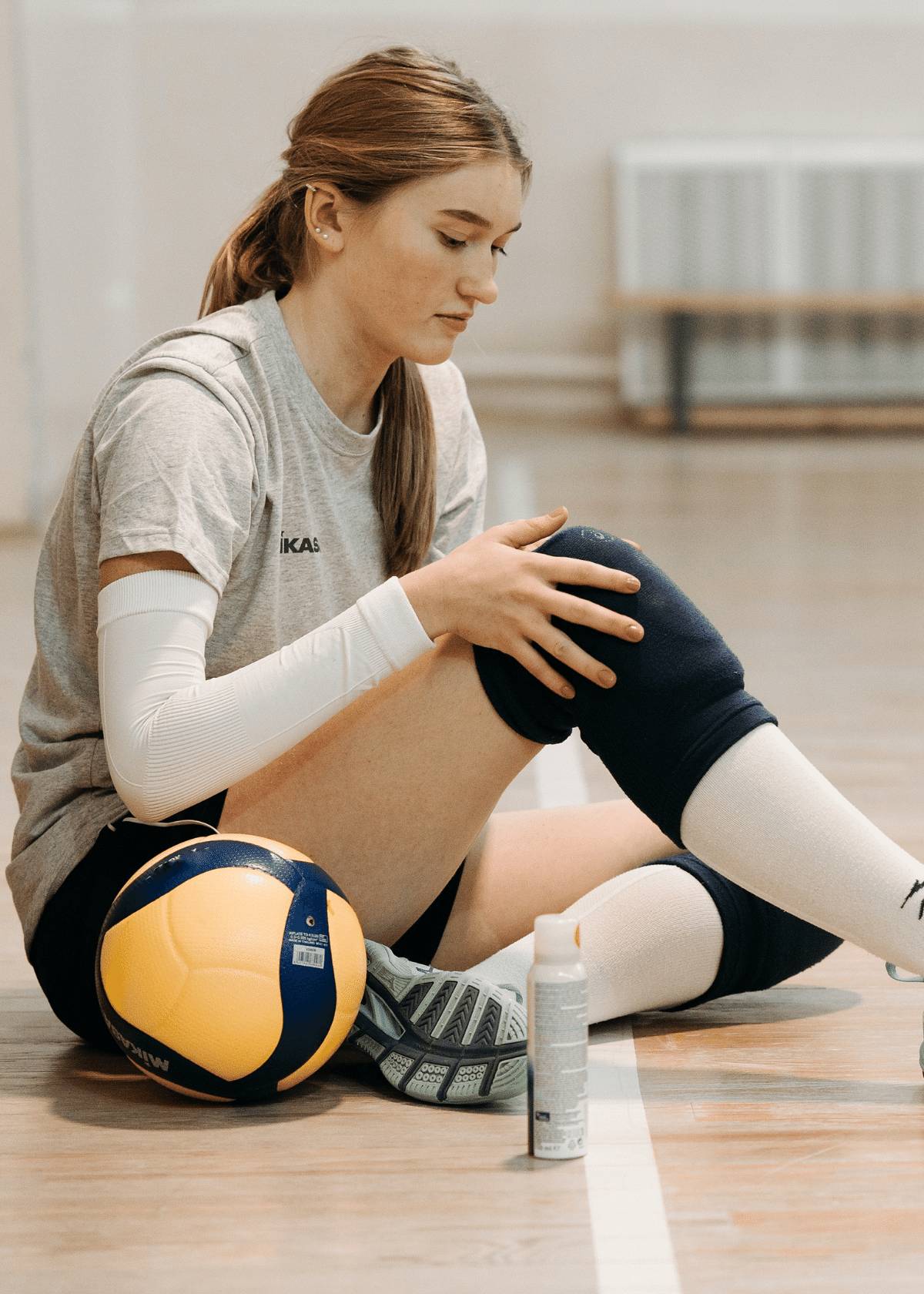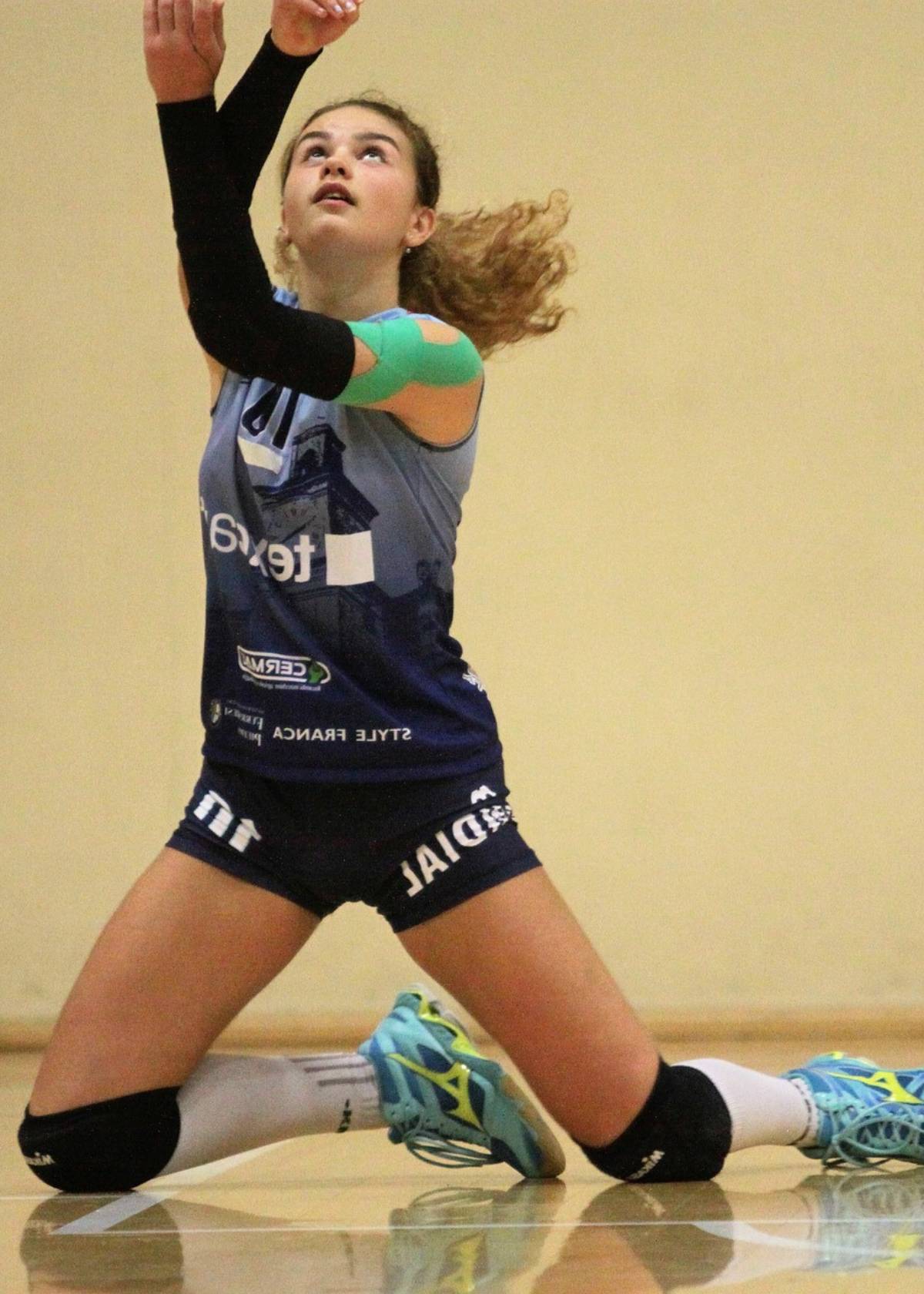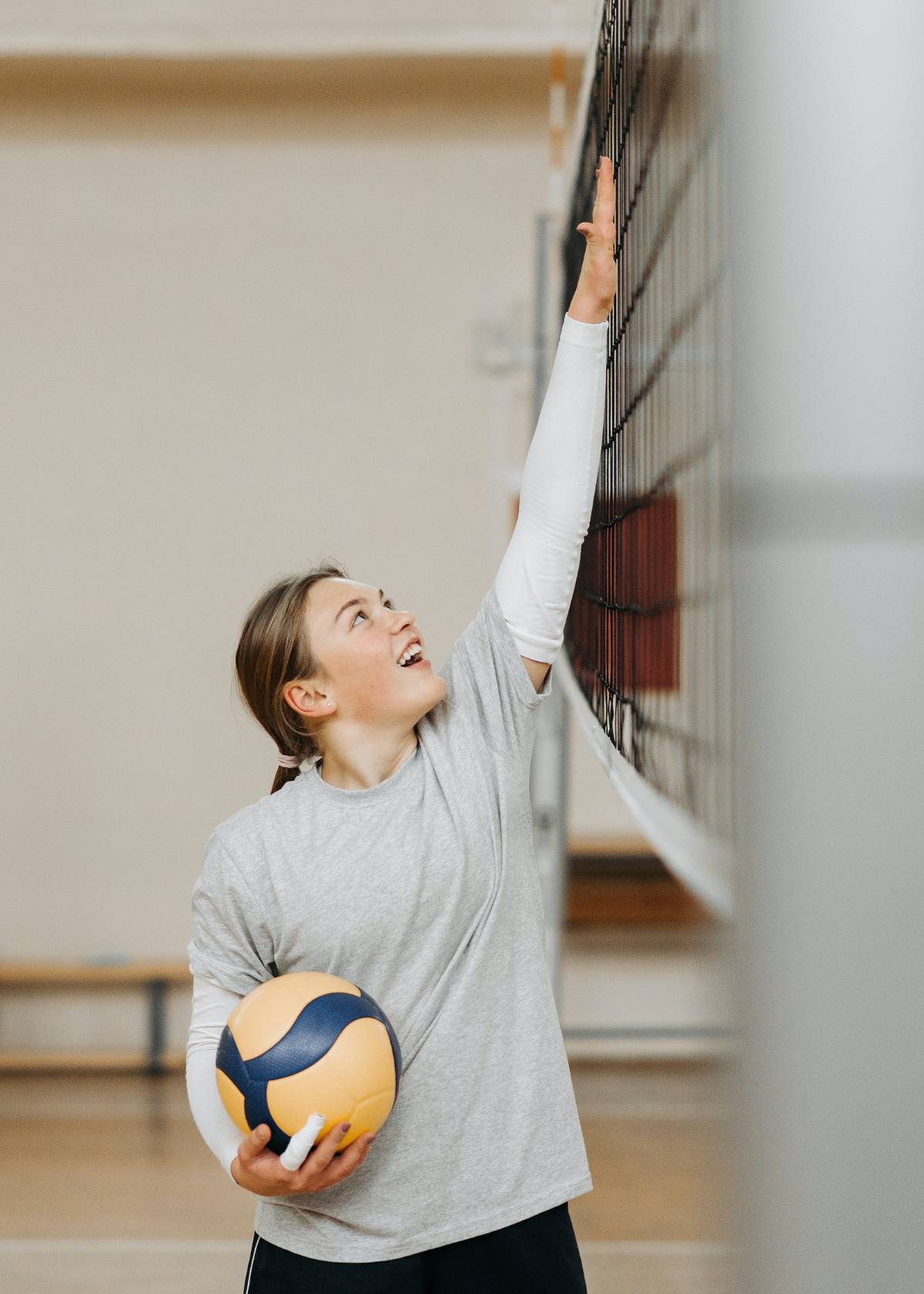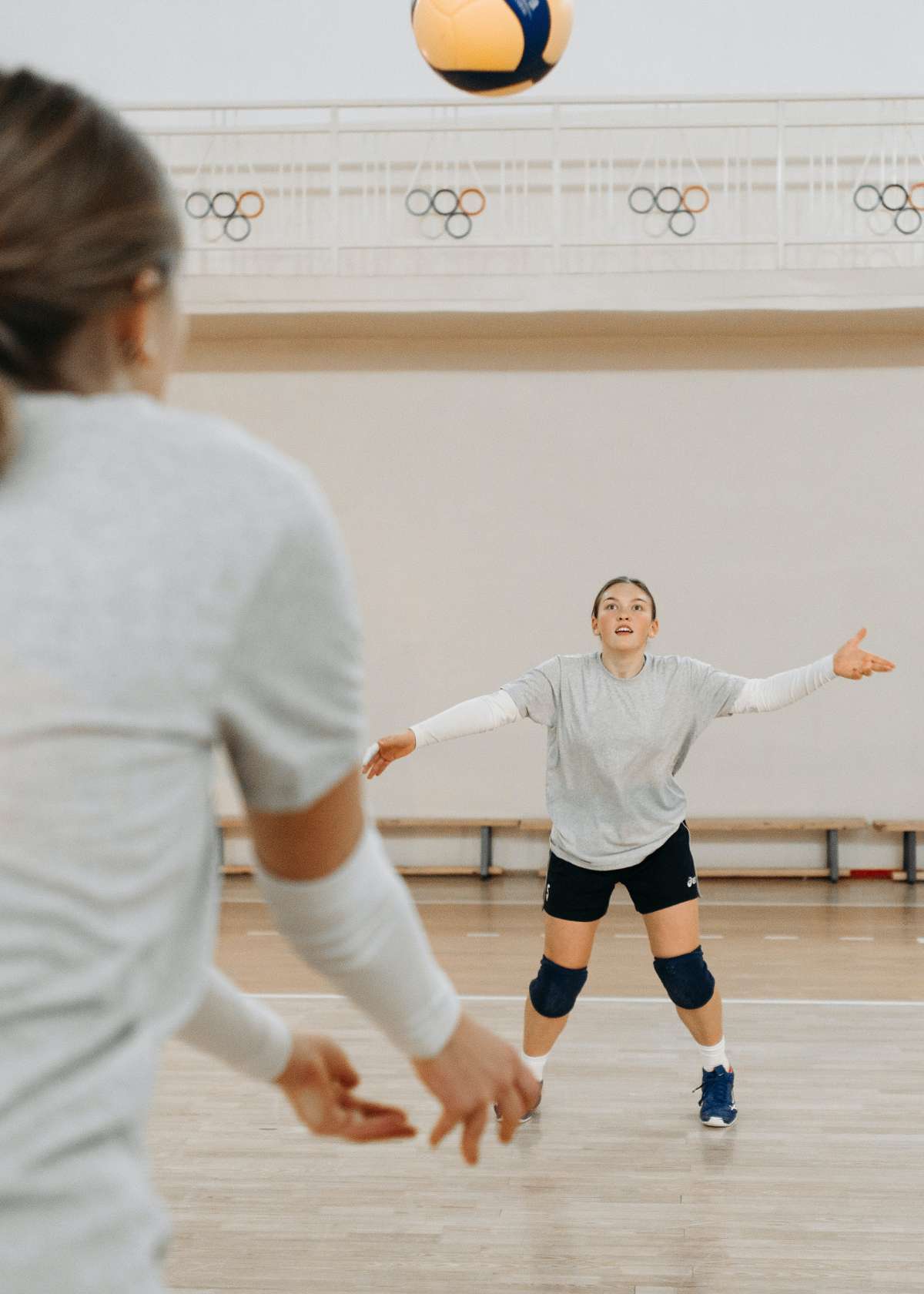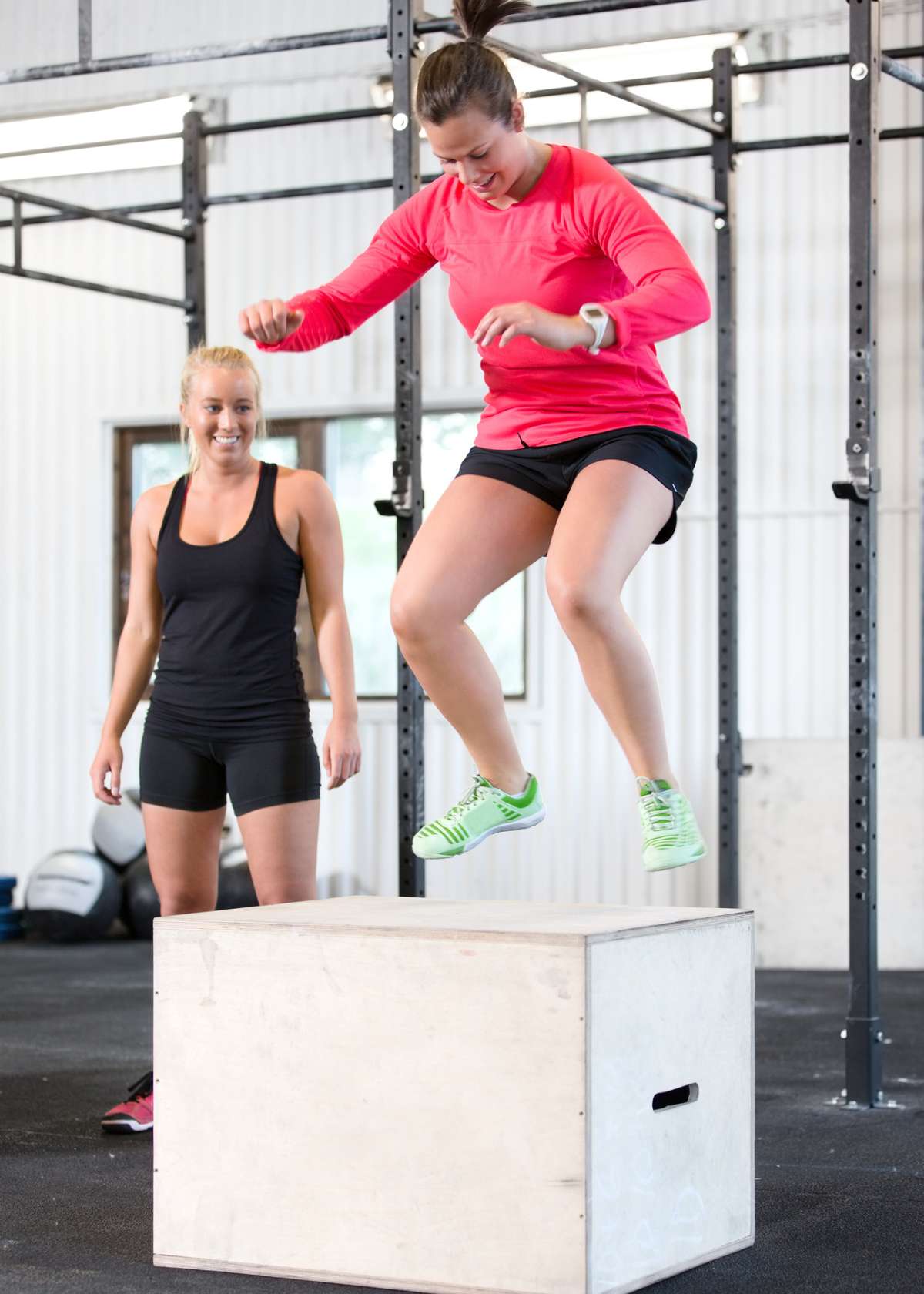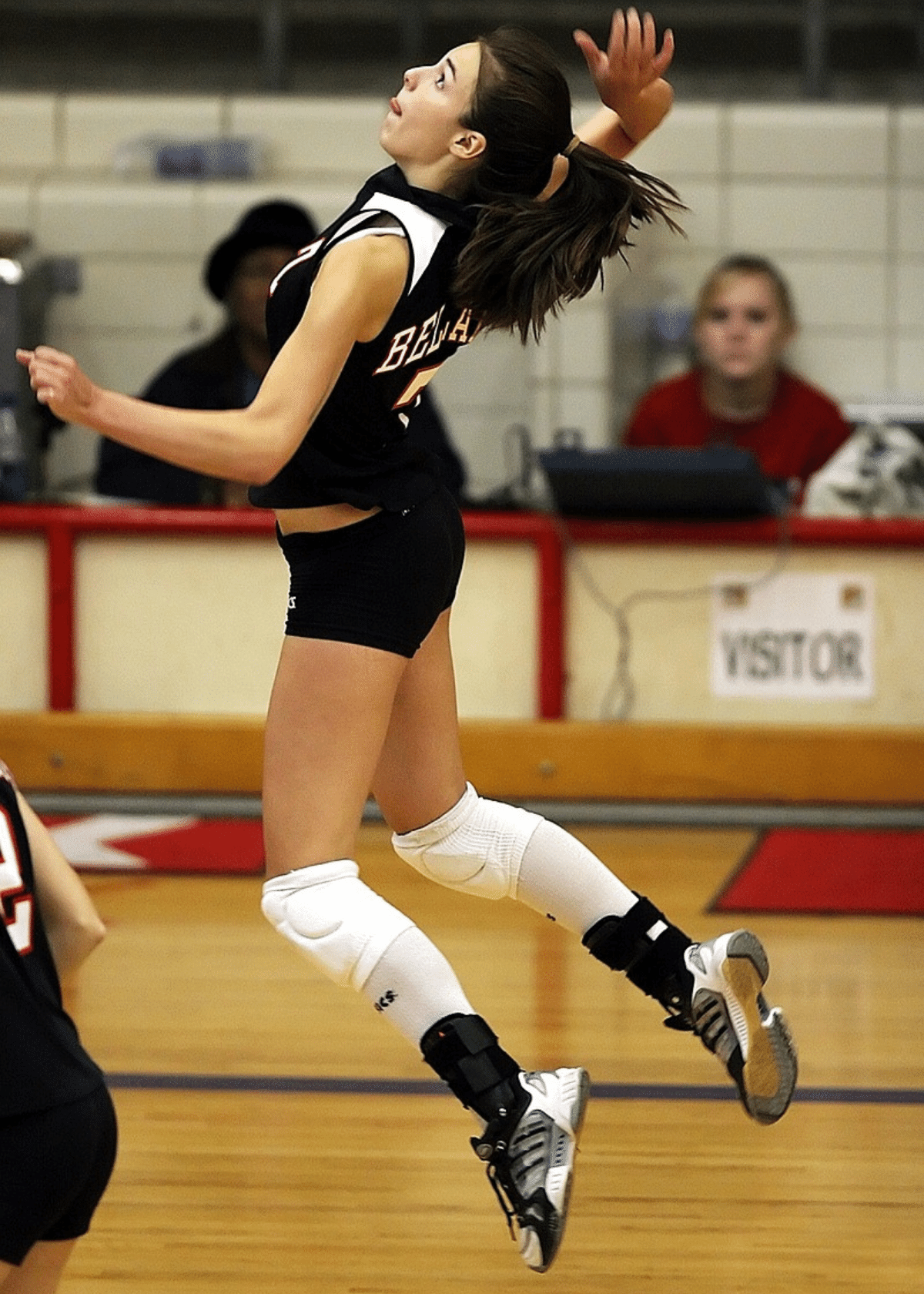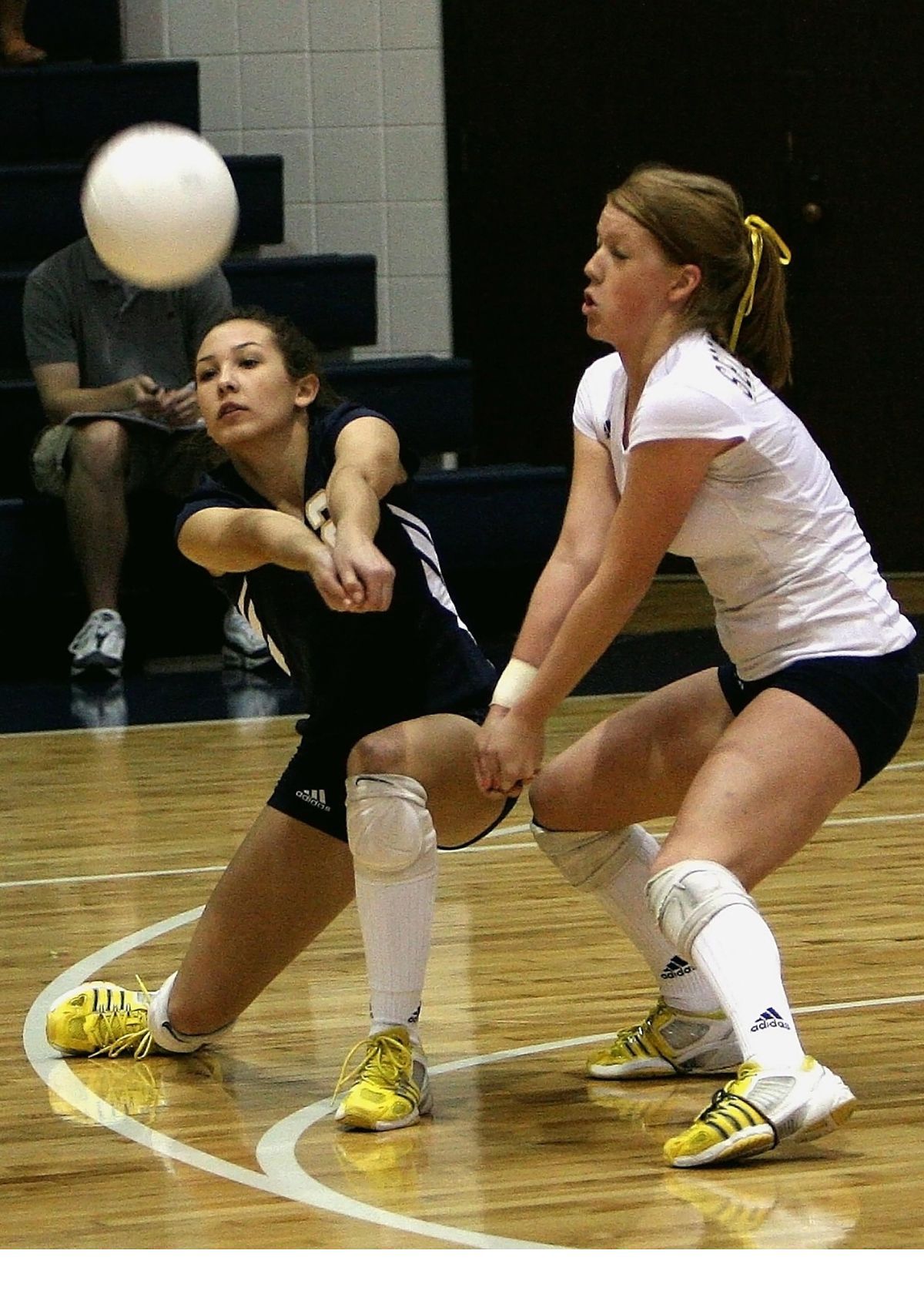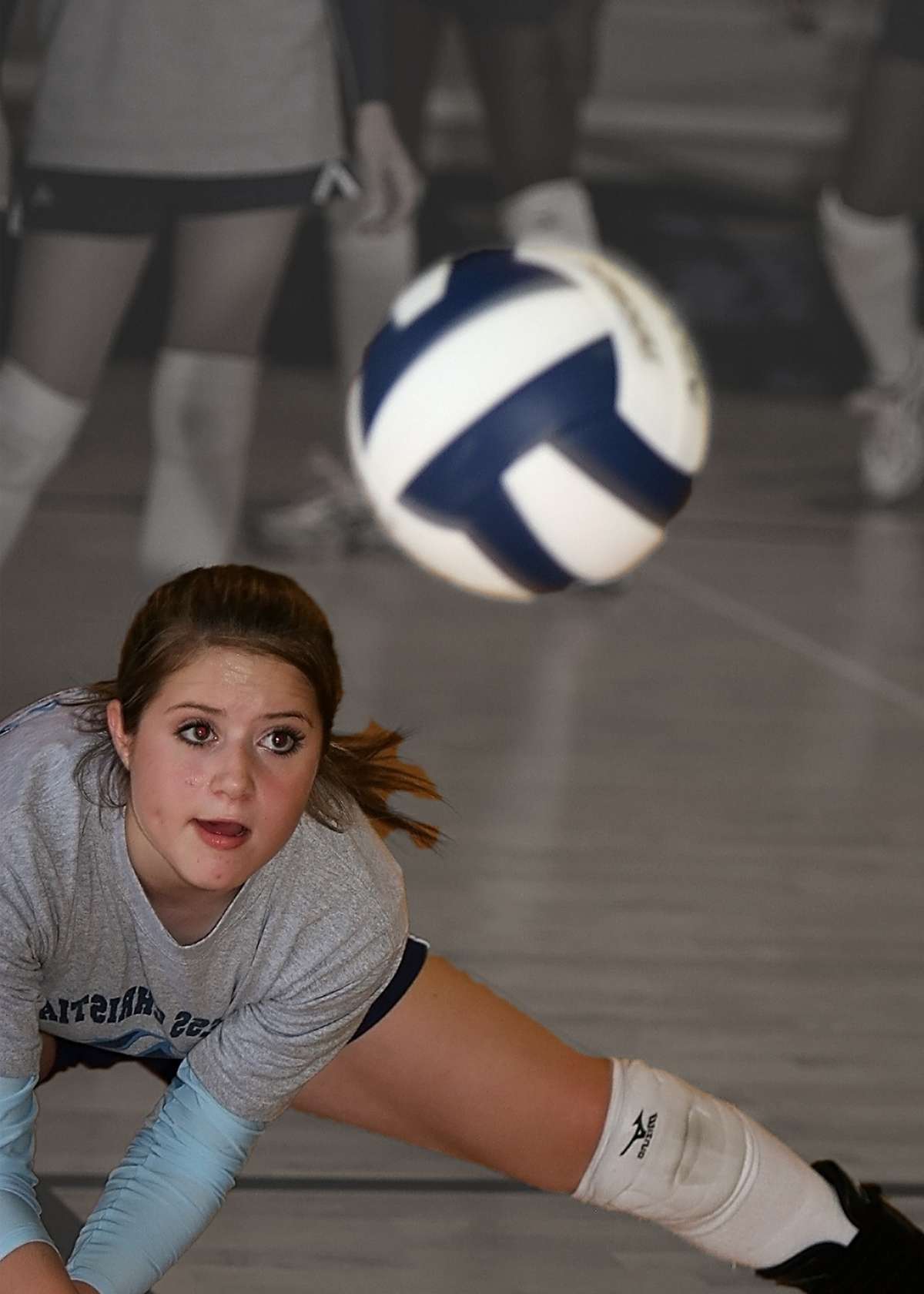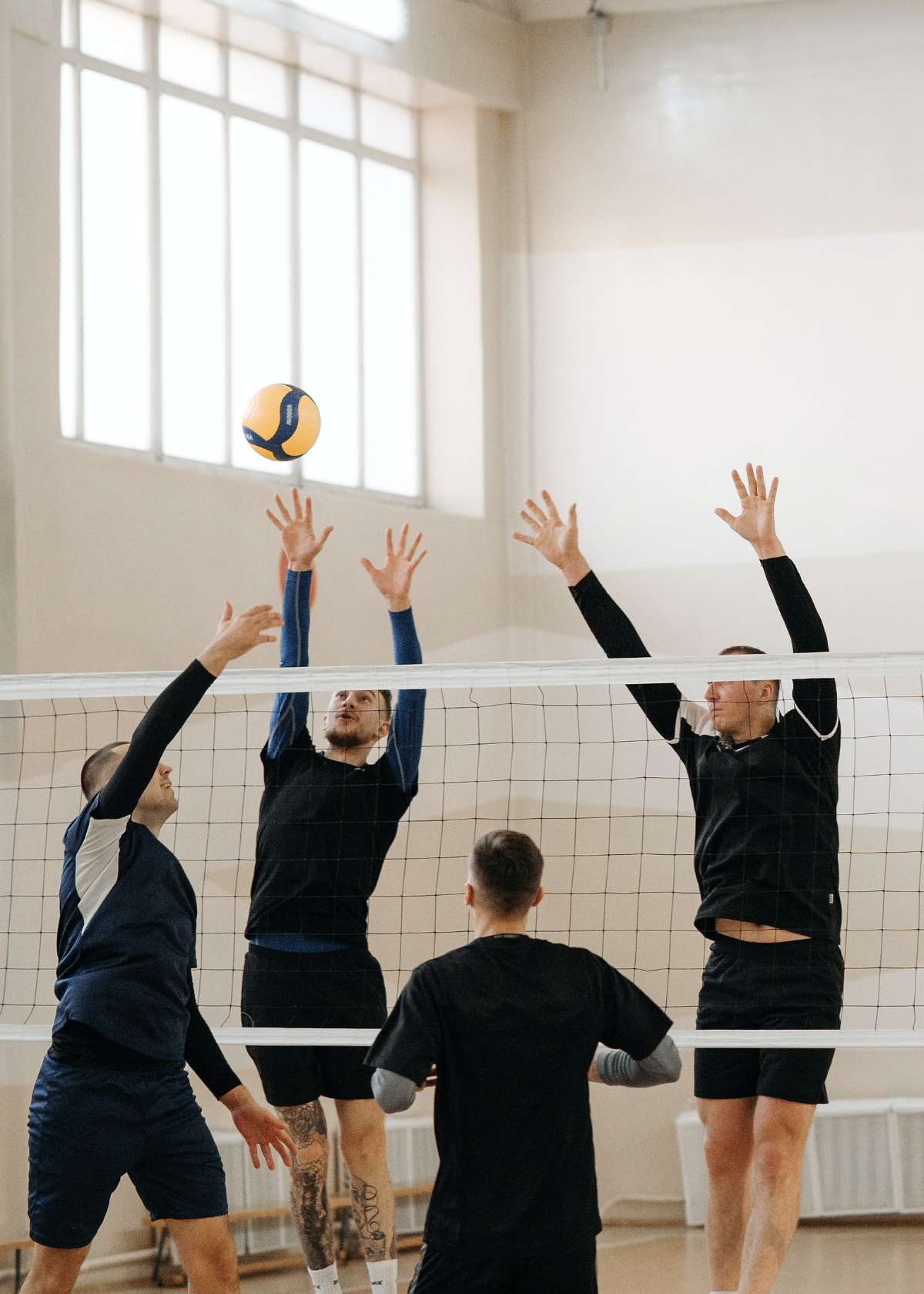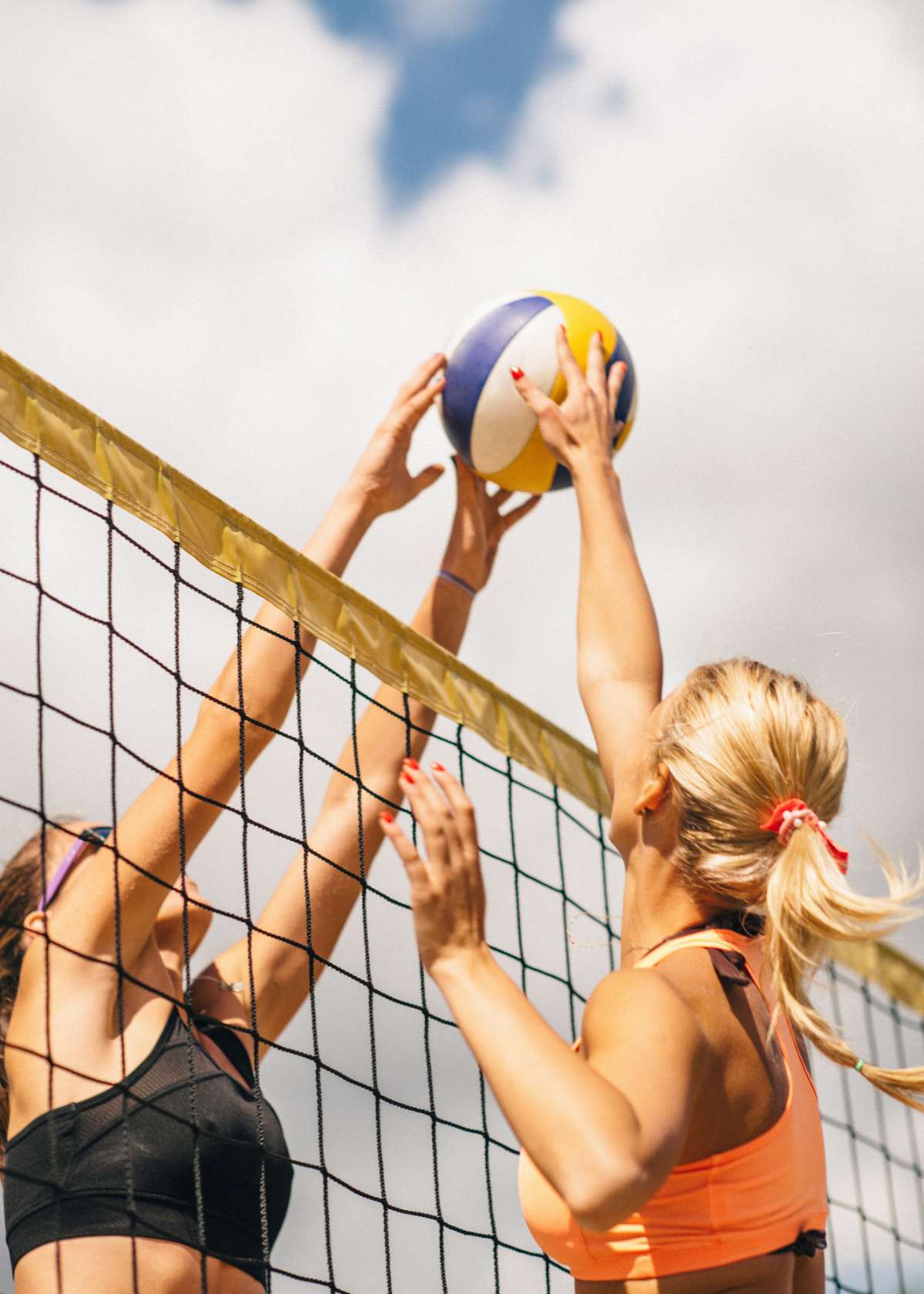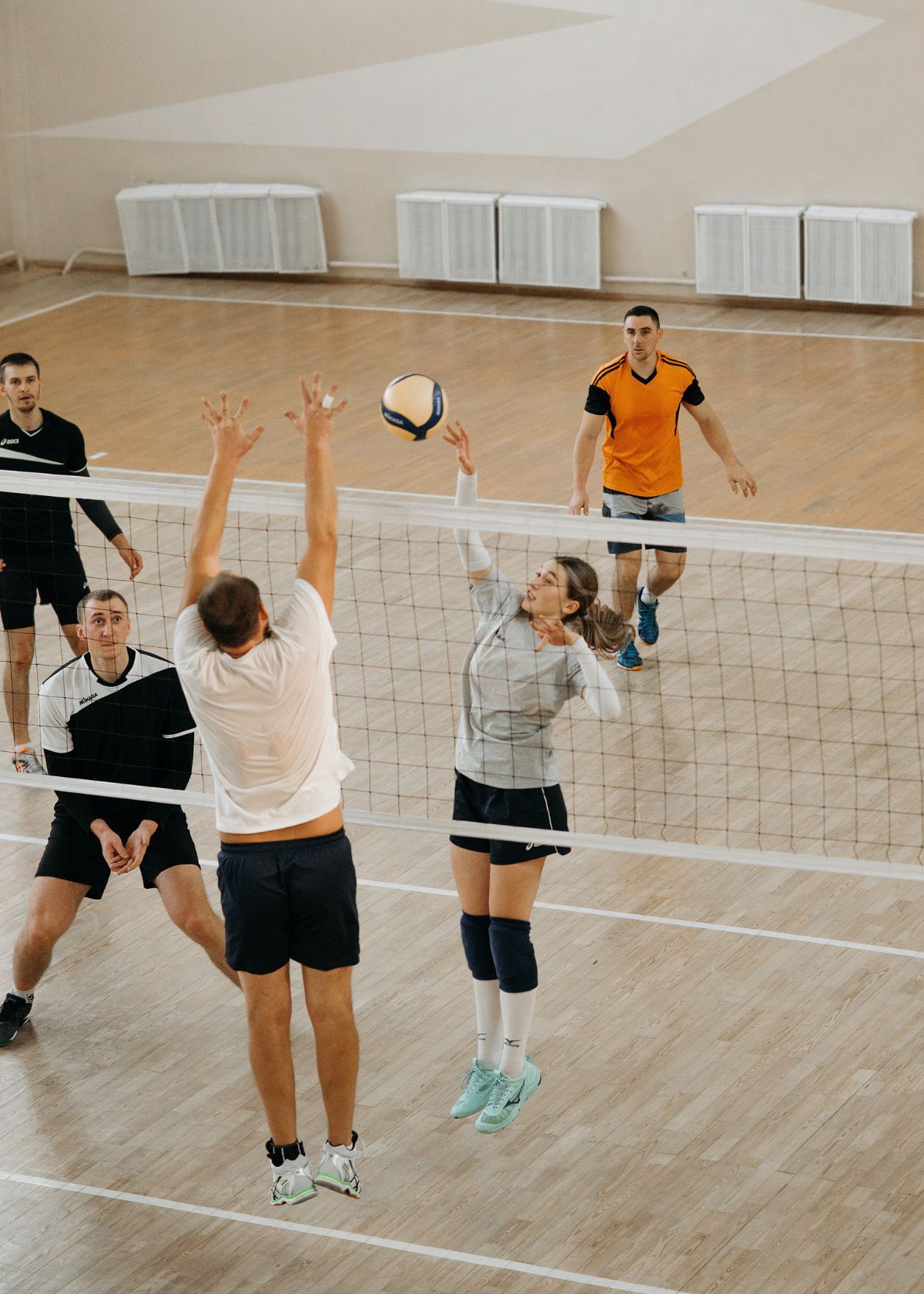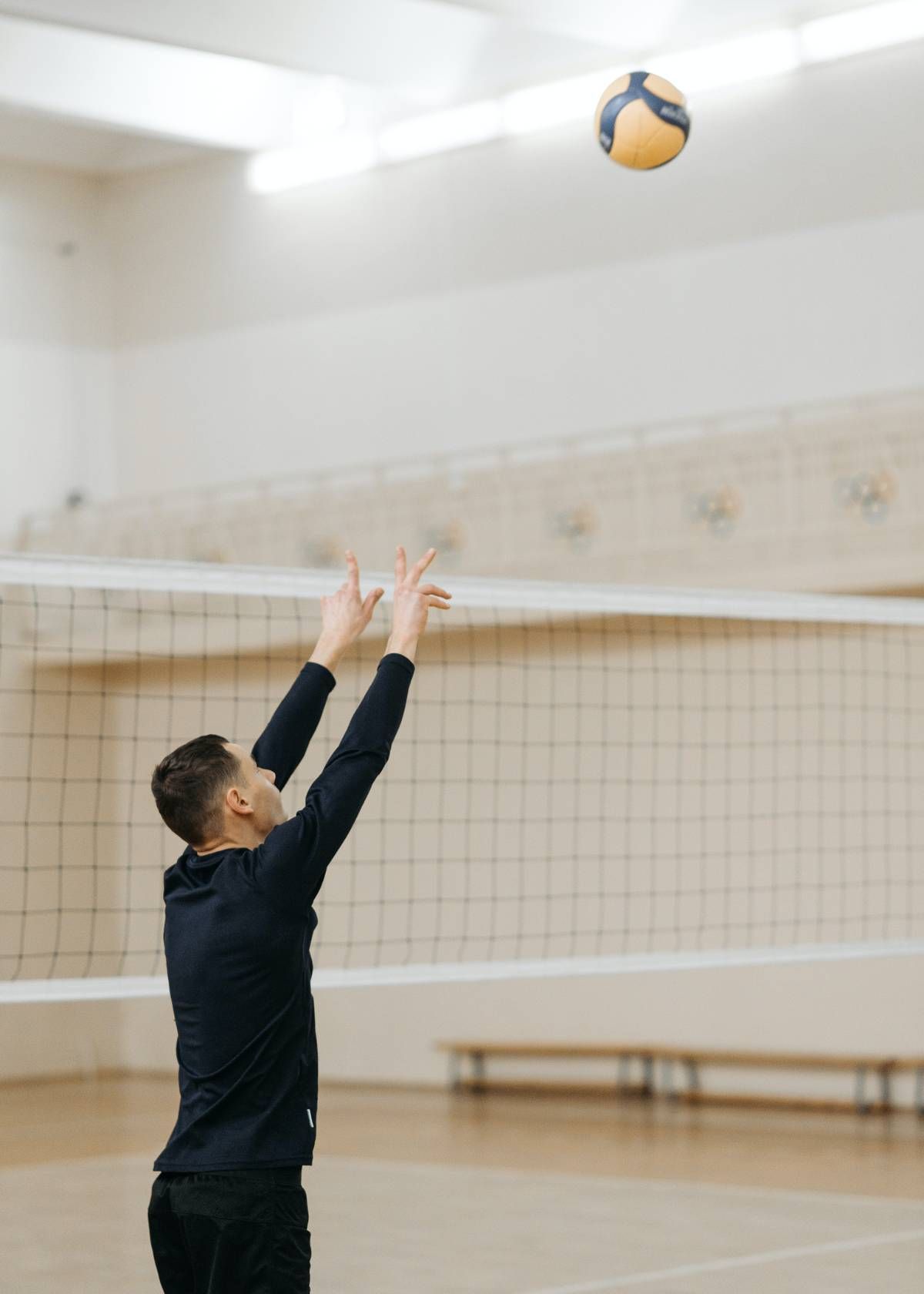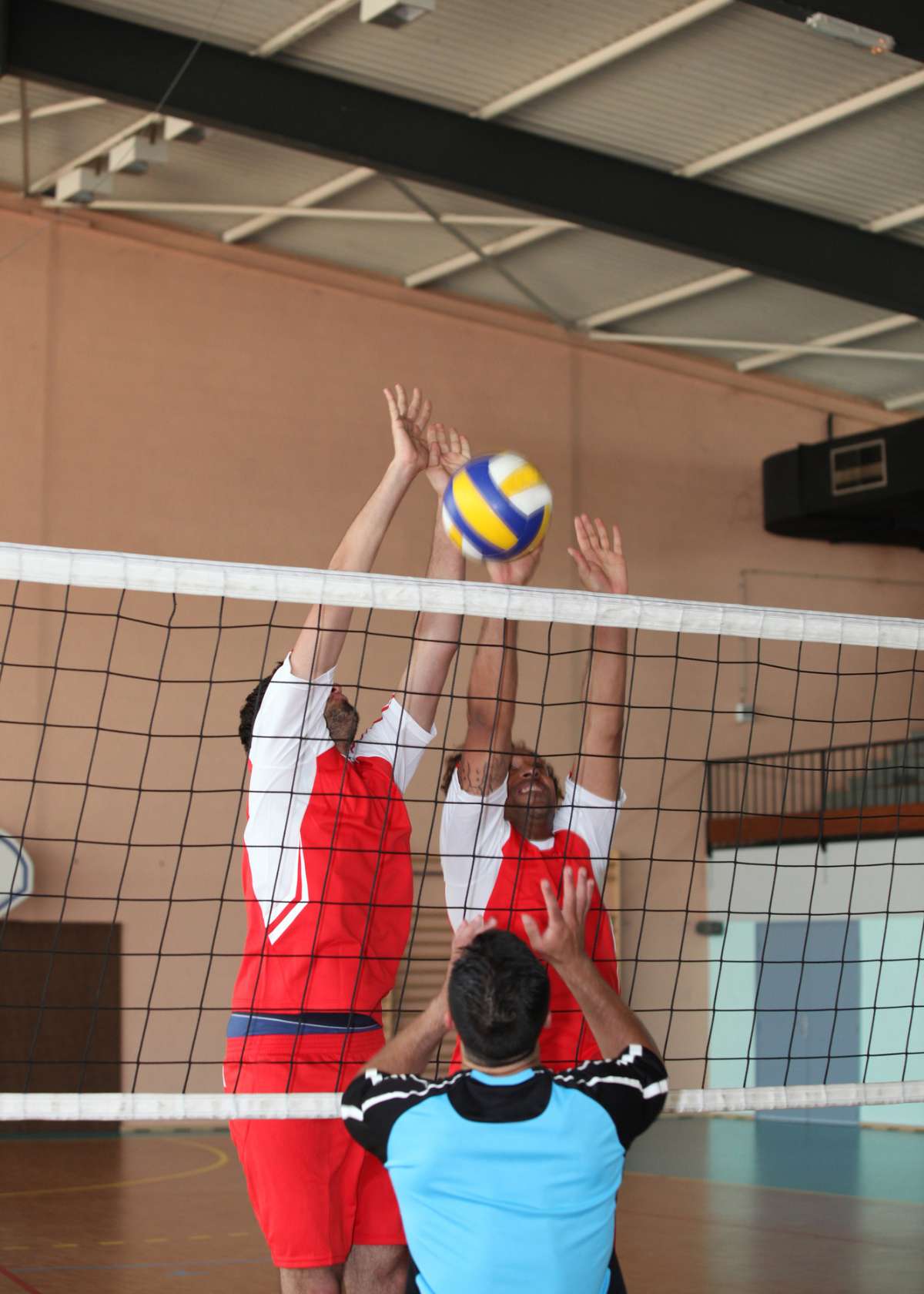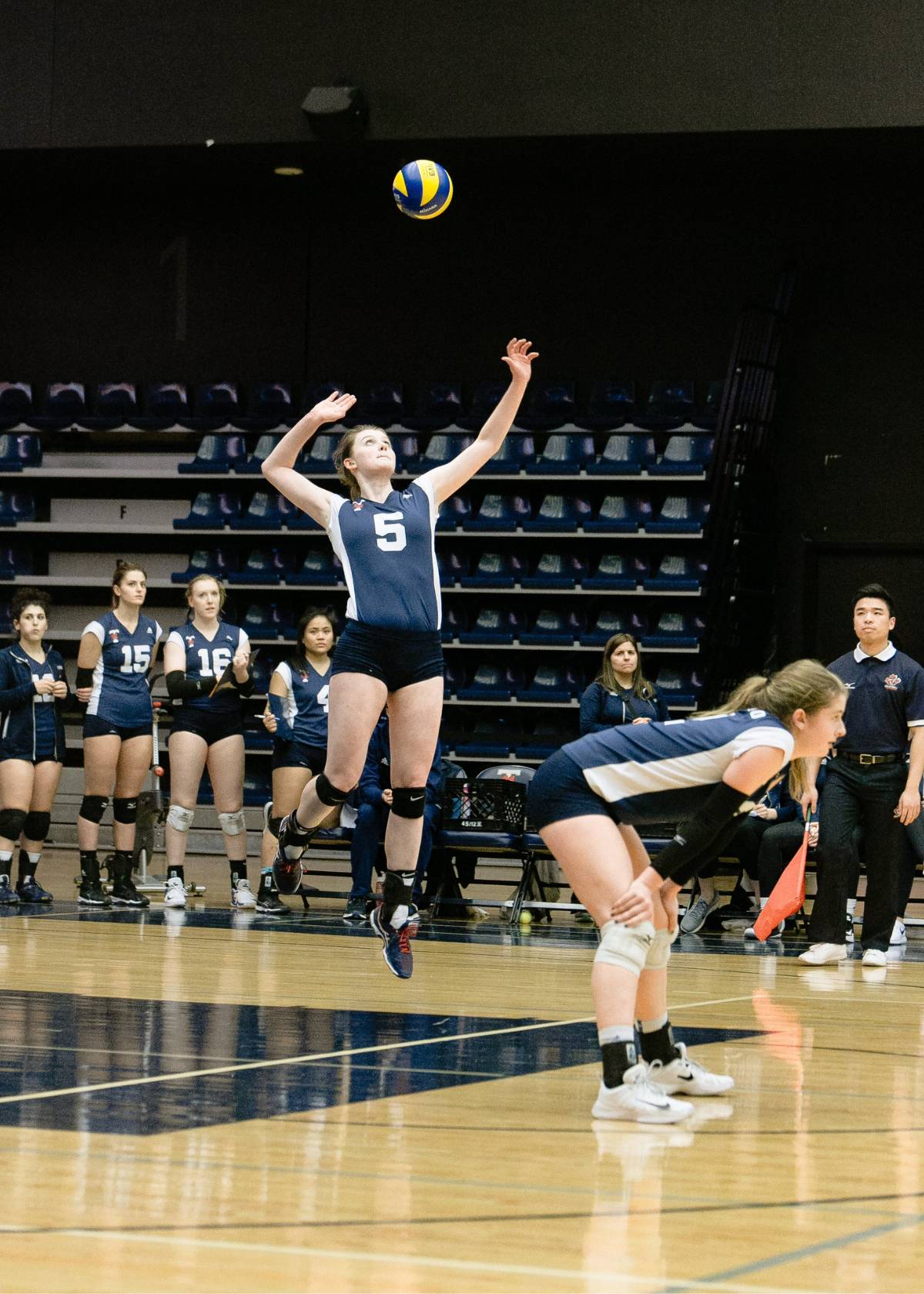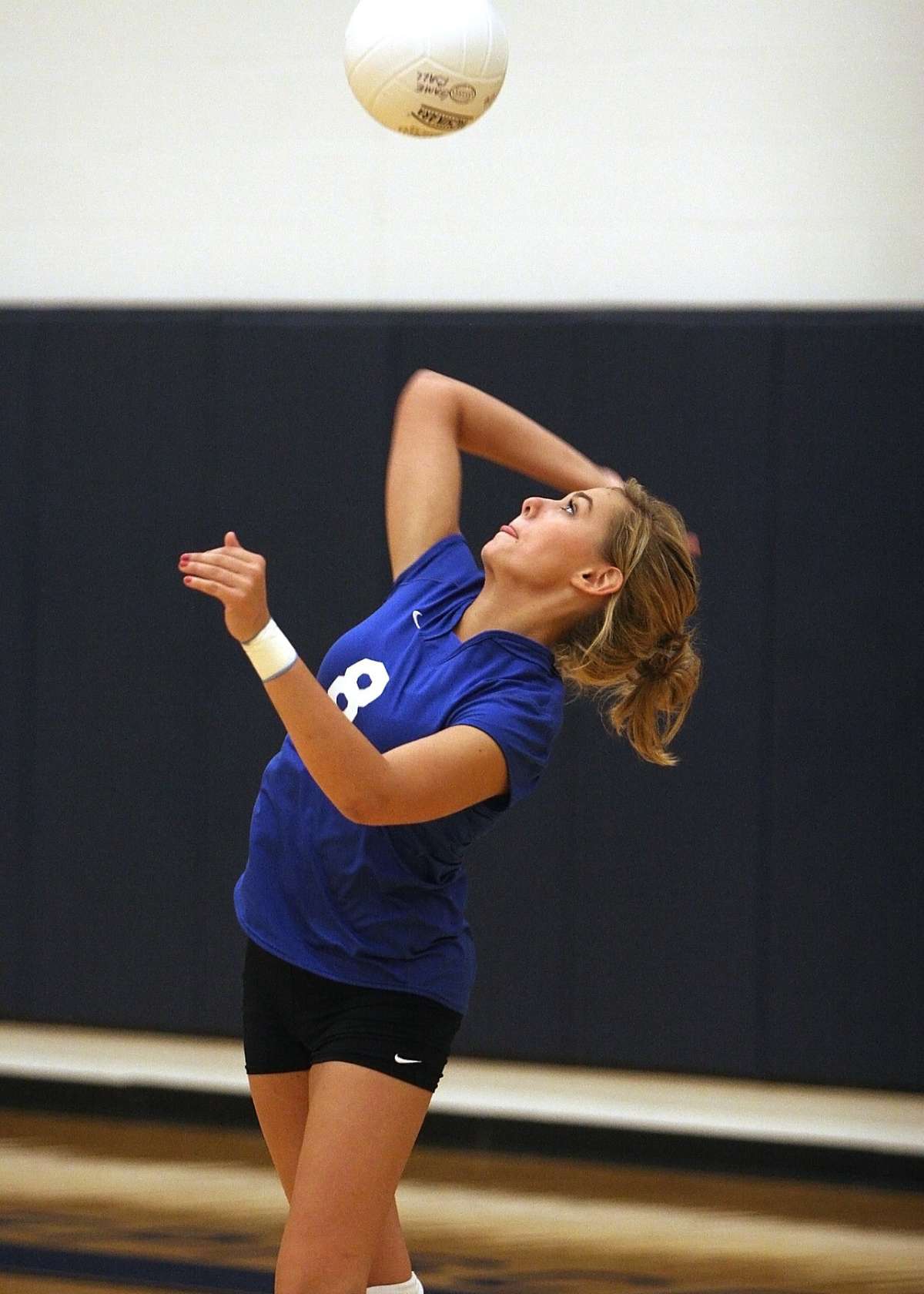Are you a beginner in volleyball and heard the term "ace" but have no clue what it means? Well, fear not, because in this blog post, we will break down everything you need to know about aces in volleyball!
We will cover what an ace is, what counts as an ace, how many points an ace is worth, how to serve an ace, and how to avoid getting served by one. So let's get started!
What is an ace in volleyball?
An ace in volleyball is when a player serves the ball over the net, and the opposing team fails to return or pass the ball. It completely bypasses the opposing team's defense, resulting in a point for the serving team. In simpler terms, it's a serve that lands inbounds and is unplayable by the receiving team.
A volleyball ace is a powerful weapon that can turn the tides of a volleyball game in an instant. It requires not only skill and precision in delivering the serve but also strategic planning on the part of the serving team.
A well-placed and well-timed volleyball ace can demoralize the opposing team and give a huge boost of momentum to the serving team. Therefore, it's no surprise that many volleyball players strive to master the art of serving volleyball aces.
What counts as an ace in volleyball?
An ace is counted in a volleyball match and in a beach volleyball match when the serve strikes the opponent's court untouched, or if the opponent passes the serve but fails to keep it in play. If the ball hits the net and lands inbound, it is still considered an ace.
However, if the ball hits the net and goes out of bounds, it is not considered an ace. It's essential to keep in mind that serving is all about precision, and decision-making when it comes to ball placement and power.
How many points is an ace worth in volleyball?
A serve that is an ace is worth one point for the serving team. It's an easy way to score points and break away from a tie. It's not uncommon for a player to score multiple aces in a single game.
Scoring aces can bring a significant advantage in the scoreline because it earns the serving team a point without having to rely on their opponents making an error.
Furthermore, an ace in volleyball can also affect the overall morale and energy of the volleyball team. It not only boosts the confidence of the server but also inspires the entire team to perform better.
It's a crucial moment in the game where the serving team can seize control and dominate the playing field. Thus, mastering the art of an ace in volleyball can prove to be a game-changer for any team.
How to serve an ace?
Serving an ace requires a mix of skill and strategy. The first step is to choose your target area, aiming for spots in the court that are more challenging for the other team to defend. Some players aim for corners, while others aim for the center.
The next step is to focus on your form and power. Use your legs to propel your body forward, swing your arms, and hit the ball with the correct flat palm technique.
A strong and accurate serve that is difficult for the receiving team to return can be achieved through a variety of serving techniques, such as the jump serve, topspin serve or float serve.
It's also important to pay attention to where the opposing team is positioned on the court and aim for areas that are more difficult for them to reach. But keep in mind that practicing serves consistently is key to nailing the perfect ace serve.
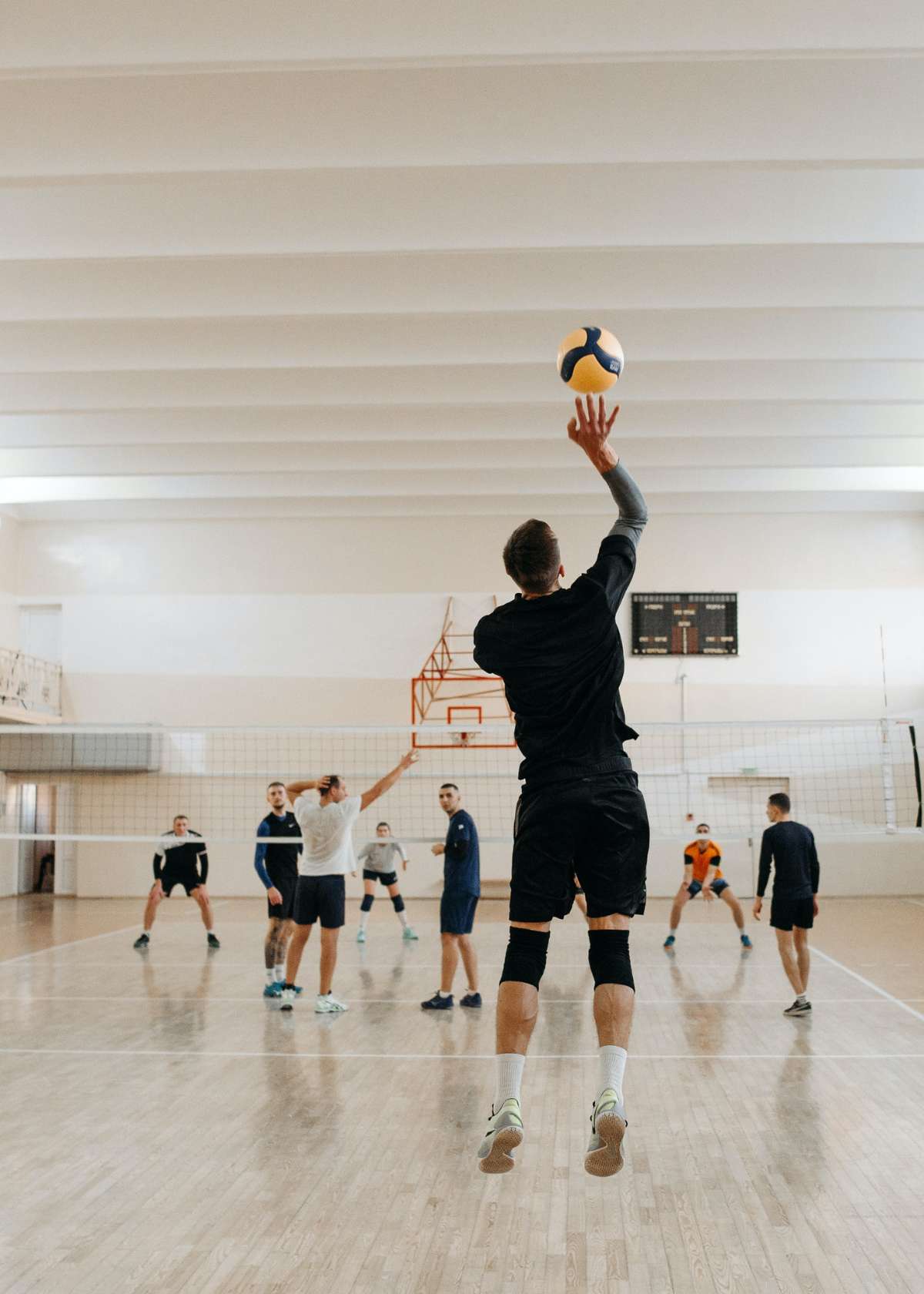
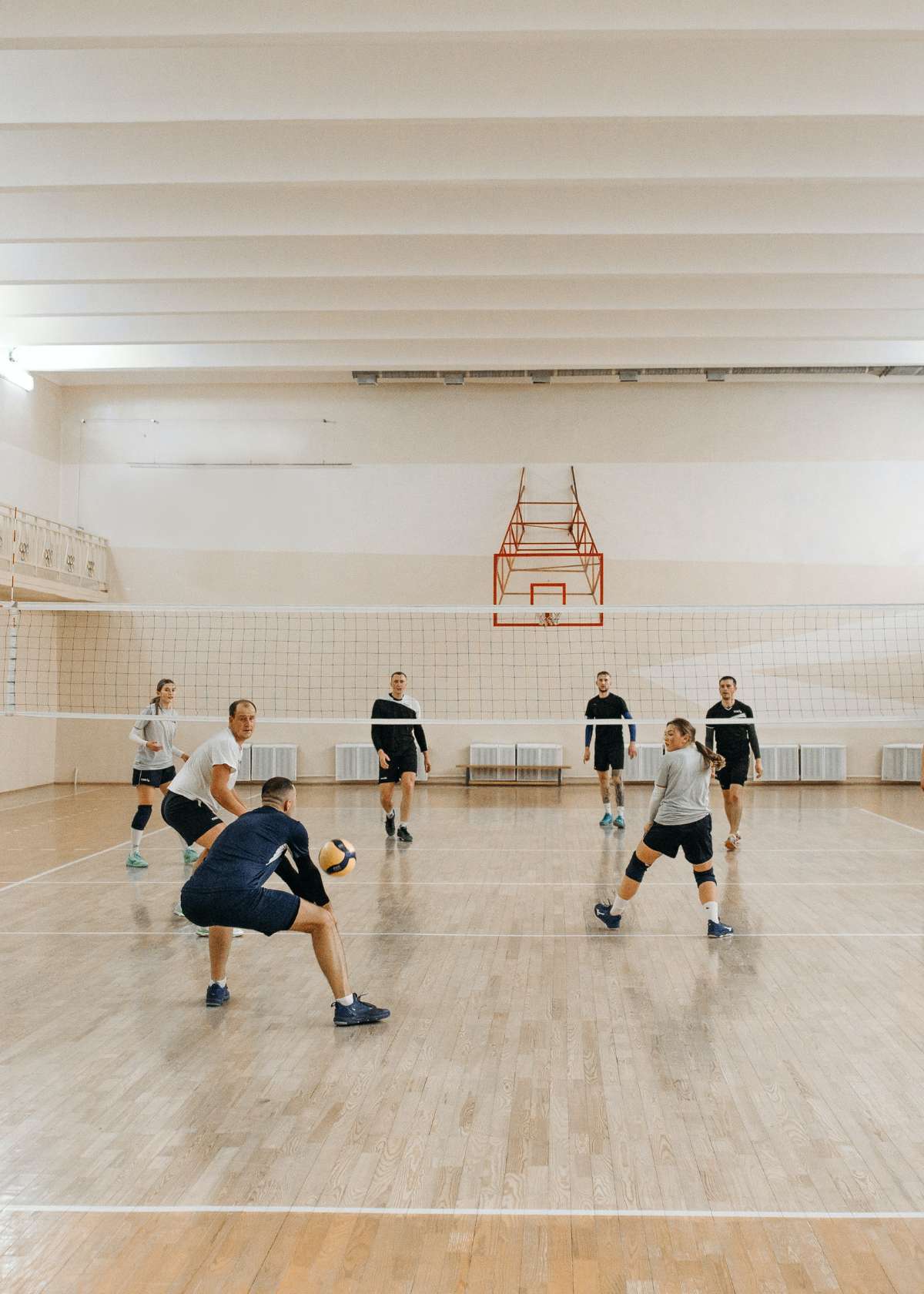
How to avoid an ace serve in volleyball?
To avoid getting an ace serve, the receiving team must be active, alert, and prepared for what's coming. The best way to anticipate an upcoming serve is to watch the servers’ body language, ball contact, and spin when they make contact.
Paying attention to these details gives indications of where the ball will go and how hard it will be hit. It's also essential to stay on your toes, ready to move in any direction to keep the ball going.
To improve your volleyball defense against many aces, it's important to communicate efficiently with your teammates. Assign specific players to cover certain areas of the court, and be prepared to quickly adjust your positioning based on the server's aim.
Additionally, practicing your footwork and reaction time can greatly enhance your ability to defend against aces. Utilize drills that simulate game situations, with speedy serves coming from different angles and positions on the court.
Finally, don't underestimate the value of mental preparation. Stay focused and confident, and remember that even the best servers can be returned with the right combination of skill and teamwork.
Conclusion:
In summary, an ace in volleyball is a significant play that benefits the serving team by securing points easily. It's important to have the knowledge of what an ace is, understand what counts as an ace, and learn the strategy behind serving to earn them.
Likewise, knowing how to prepare to receive serves and avoid getting aced saves the other team from losing points. As a beginner in volleyball, perfecting your serve and receiving skills takes time, practice, and patience.
In conclusion, ace in volleyball is an important skill that can be the difference between a win and a tie. By mastering the art of serving and receiving serves, players can capitalize on this advantage to gain points for their team.
With practice and commitment, you too can master the technique behind scoring an ace in volleyball.
If you're looking for the best volleyball equipment, check out our top picks! We've taken care of all the research so that you don't have to!
Be sure to check out our other volleyball and sports & fitness blog posts!
